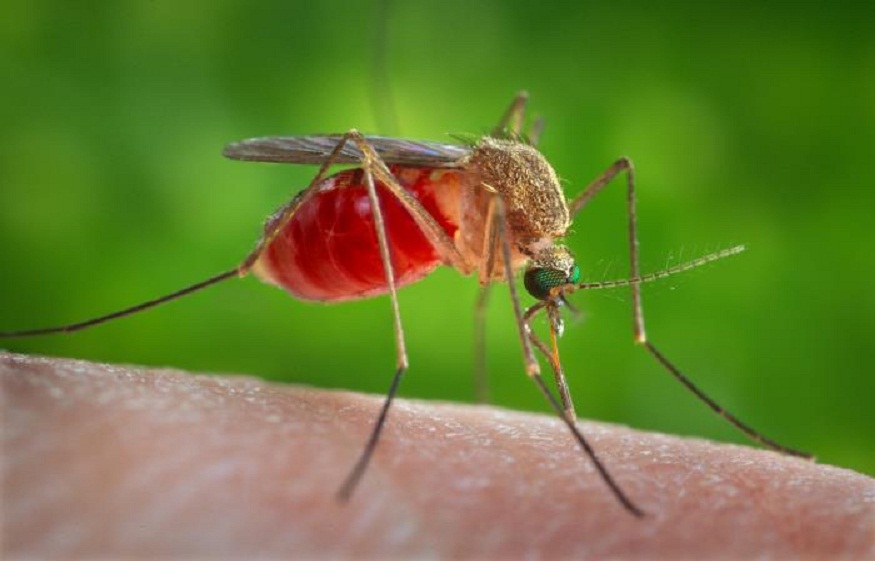Mosquito-Borne Diseases: Prevention and Control Measures
Mosquito-borne diseases pose a significant threat to global health, affecting millions of people worldwide. Diseases like malaria, dengue fever, and Zika virus are transmitted through the bite of infected mosquitoes, causing severe illness and even death. In regions plagued by these diseases, effective prevention and control measures are crucial. From eliminating breeding sites to using insect repellents, a multi-faceted approach is necessary. In some areas, innovative solutions like Green Mango Pest Control have been employed to combat mosquito populations.
Understanding the causes, symptoms, and prevention strategies is vital in controlling the spread of these diseases and promoting global health. By working together, we can reduce the burden of mosquito-borne diseases.
Understanding Mosquito-Borne Diseases
Mosquito-borne diseases like malaria, dengue fever, Zika virus, and chikungunya pose a significant global health threat. Transmitted through infected mosquito bites, these diseases cause severe illness, birth defects, and death. Effective prevention and control measures, including eliminating breeding sites, using repellents, and vector control, are crucial in reducing the burden of these diseases and promoting public health worldwide.
Causes and Symptoms of Mosquito-Borne Diseases
Understanding these causes and symptoms is crucial for effective diagnosis and treatment of mosquito-borne diseases.
Causes
- Viruses or parasites are transmitted through infected mosquito bites
Common Symptoms
- Fever
- Headache
- Body aches
- Joint pain
- Rash
Severe Symptoms
- Organ failure
- Shock
- Neurological disorders (e.g., meningitis, encephalitis)
- Birth defects (e.g., microcephaly)
Disease-Specific Symptoms
- Malaria: recurring chills and sweats
- Dengue fever: severe joint and muscle pain
- Zika virus: birth defects and Guillain-Barré syndrome
- Chikungunya: severe joint pain and swelling
Prevention Measures
Preventing mosquito-borne diseases requires a multi-faceted approach. Some effective measures include:
- Eliminating Breeding Sites: Mosquitoes need standing water to breed. Eliminating sources of standing water around homes and communities can help reduce mosquito populations.
- Using Insect Repellents: Applying insect repellents, such as DEET, picaridin, or oil of lemon eucalyptus, can help prevent mosquito bites.
- Wearing Protective Clothing: Wearing long-sleeved shirts, long pants, and socks can reduce exposure to mosquito bites.
- Using Mosquito Nets: Mosquito nets can provide a barrier against mosquitoes, especially in areas with high transmission rates.
- Implementing Vector Control Measures: Implementing vector control measures, such as larval control and adult mosquito control, can help reduce mosquito populations.
Mosquito Control Measures
Mosquito control measures are crucial in preventing the spread of mosquito-borne diseases. Mosquito control involves a combination of strategies to reduce mosquito populations and prevent bites. This can be achieved through eliminating breeding sites, using mosquito repellents, and implementing vector control measures. By working together, individuals and communities can reduce the risk of mosquito-borne diseases.
Key Mosquito Control Measures:
- Eliminate Breeding Sites: Remove standing water around homes and communities to prevent mosquito breeding.
- Use Mosquito Repellents: Apply insect repellents, such as DEET, picaridin, or oil of lemon eucalyptus, to exposed skin and clothing.
- Wear Protective Clothing: Wear long-sleeved shirts, long pants, and socks to reduce exposure to mosquito bites.
- Install Mosquito Nets: Use mosquito nets around beds and windows to prevent mosquito entry.
- Implement Vector Control: Use larvicides, adulticides, and other vector control measures to reduce mosquito populations.
- Conduct Regular Surveillance: Monitor mosquito populations and disease transmission to inform control measures.
- Public Education and Awareness: Educate communities on mosquito-borne diseases and prevention strategies.
- Community Participation: Engage communities in mosquito control efforts through clean-up campaigns and other initiatives.
Final Takeaway
Mosquito-borne diseases pose a significant threat to global health, but effective prevention and control measures can help reduce the burden of these diseases. By understanding the causes, symptoms, and prevention strategies, individuals and communities can take action to protect themselves and their loved ones. A coordinated effort from governments, healthcare professionals, and communities is essential in controlling the spread of mosquito-borne diseases and promoting global health.


Leave a Reply
You must be logged in to post a comment.